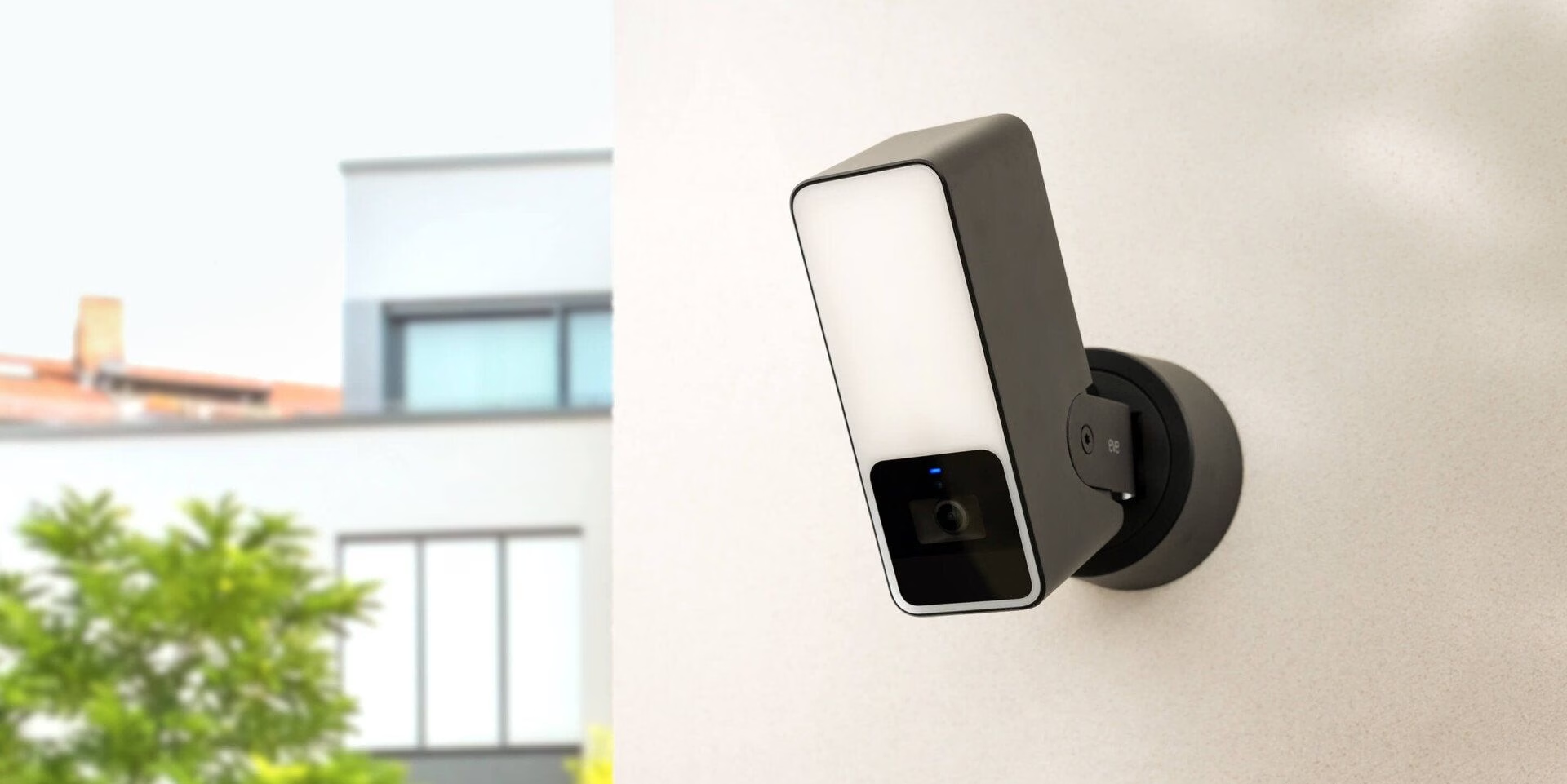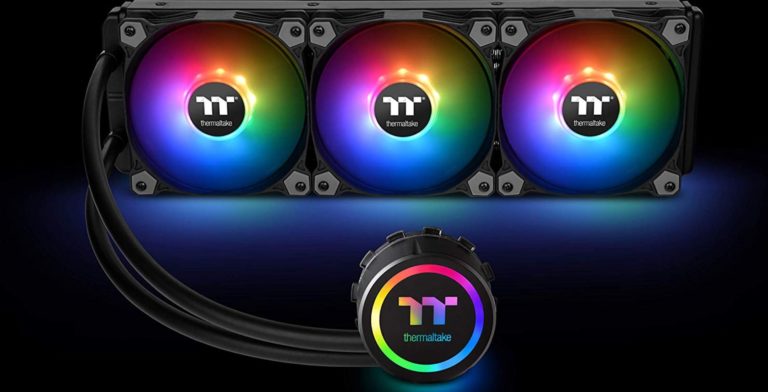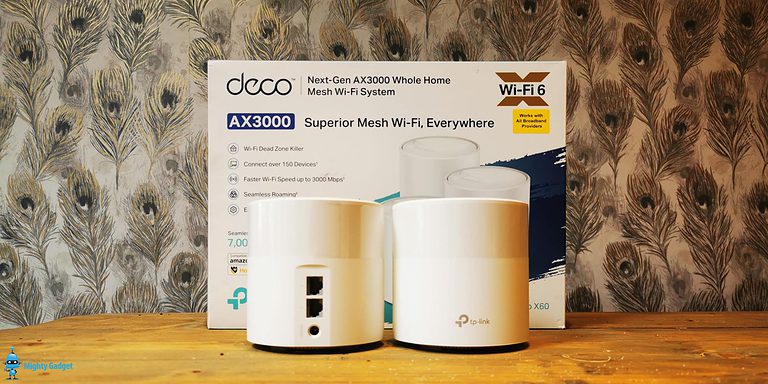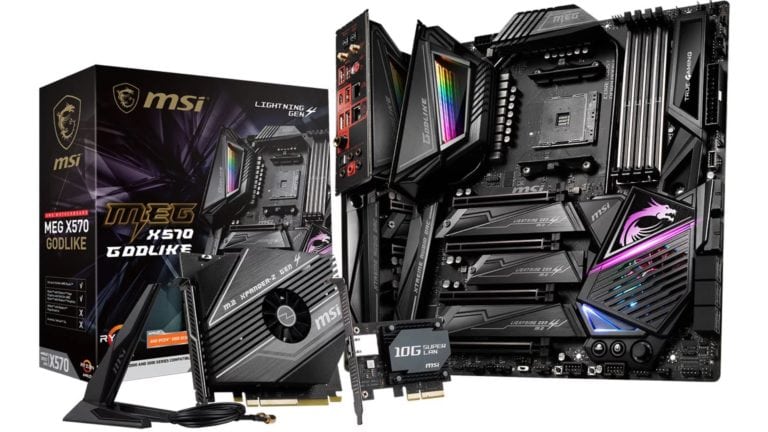Any links to online stores should be assumed to be affiliates. The company or PR agency provides all or most review samples. They have no control over my content, and I provide my honest opinion.
The Connectivity Standards Alliance has released Matter 1.5, the latest version of the smart home interoperability standard that finally adds support for security cameras alongside new device categories and energy management features. This update arrives after two maintenance releases earlier this year that focused on testing and certification improvements.
Camera Support Finally Arrives
After being one of the most requested features since Matter’s launch, cameras are now part of the specification. Manufacturers can build and certify cameras that work directly with Matter-enabled ecosystems without needing custom APIs or proprietary integrations.
The camera specification uses WebRTC technology for live video and audio streaming, supporting two-way communication for both local and remote access through STUN and TURN protocols. I’d say this is a sensible choice given WebRTC’s widespread adoption in video streaming applications.
The specification includes support for multi-stream configurations, pan-tilt-zoom controls, detection zones, and privacy zones. Storage options are flexible, allowing continuous or event-based recording to local or cloud destinations, though Matter 1.5 itself doesn’t handle the storage – it simply points users towards available options from device makers or platforms.
It’s worth noting what the camera spec doesn’t do: there’s no support for clip playback (that’s handled by the manufacturer’s app or platform), and on-camera audio and video analysis or triggering actions based on those analyses aren’t included. The specification has been designed to support the widest range of modern cameras, from doorbells and indoor cameras to floodlight cameras and pan-tilt models, working over WiFi, Power over Ethernet, or standard Ethernet connections.
Most modern cameras should already have the necessary processing power, memory, and WiFi support required for Matter compatibility, as these are needed for capturing, streaming, and playing back video anyway. However, it’s down to individual manufacturers to decide which of their existing products they’ll update and when.
Closures Get Comprehensive Support
Matter 1.5 introduces a revamped approach to closures that goes well beyond the simple open/close capabilities for garage doors in earlier versions. The new closures category now covers window shades, drapes, awnings, gates, and garage doors – and these can actually be certified as Matter devices now, which wasn’t possible before.
The specification uses a modular cluster design that lets manufacturers represent different motion types (sliding, rotating, opening) and configurations (single or dual panels, nested mechanisms) using a small set of building blocks. This should reduce development complexity whilst allowing for product differentiation, from basic blinds to sophisticated smart windows.
For users, this means more consistent control of closures across different apps and ecosystems, with precise position reporting improving both safety and security. The classic smart home scenario of checking whether you remembered to close the garage or lock the door becomes available across more device types.
Soil Sensors for Garden Management
The standard now extends into garden and plant care with support for soil sensors. These devices measure moisture and optionally temperature, helping maintain optimal conditions for indoor plants, gardens, and lawns. When combined with Matter-based water valves or irrigation systems, these sensors can automate watering schedules, potentially conserving water whilst improving plant health.
It’s a practical addition that addresses real-world needs, particularly as water conservation becomes increasingly important in many regions.
Energy Management Capabilities
Matter 1.5 significantly expands energy management features, enabling devices to exchange standardised information about energy pricing, tariffs, and grid carbon intensity. This is particularly relevant for European markets where utility companies offer time-of-use tariffs and incentives for running homes efficiently during off-peak hours or contributing energy back to the grid.
The new electrical energy tariff device type allows data from utilities, grid operators, and energy services to be shared with devices in a Matter-defined format. Devices can use this information to estimate and report their actual energy costs and carbon impact, or automatically adjust their operation based on user preferences, tariff schedules, or regulatory requirements.
Real-time or predictive data from energy-producing devices like home solar systems can be incorporated into household energy management. Enhanced smart metering support improves how devices measure and report power usage, handling complex time-varying tariffs and providing historical data for more accurate cost tracking.
The specification adds the ability for utilities to communicate grid connection details and power limits, allowing more coordinated demand management and compliance with regional energy regulations. New EV charging enhancements make features like state-of-charge reporting and bi-directional charging certifiable under Matter, supporting upcoming requirements in markets like the EU and preparing homes for vehicle-to-grid scenarios.
Technical Improvements
Matter 1.5 adds full support for TCP transport, enabling more efficient and reliable transmission of large data sets. This benefits high-bandwidth devices including cameras, but also speeds up firmware updates and allows handling of richer data types like images. These enhancements should improve efficiency, performance, and battery life across supported devices.
Availability
The Matter 1.5 specification, SDK, and test tools are now available to Alliance Members. Device makers and platform developers can begin certification planning and work with partners to implement these new capabilities. There’s no specific timeline for when consumers will see Matter 1.5 devices on shelves, as this depends on individual manufacturers’ development and certification schedules.







